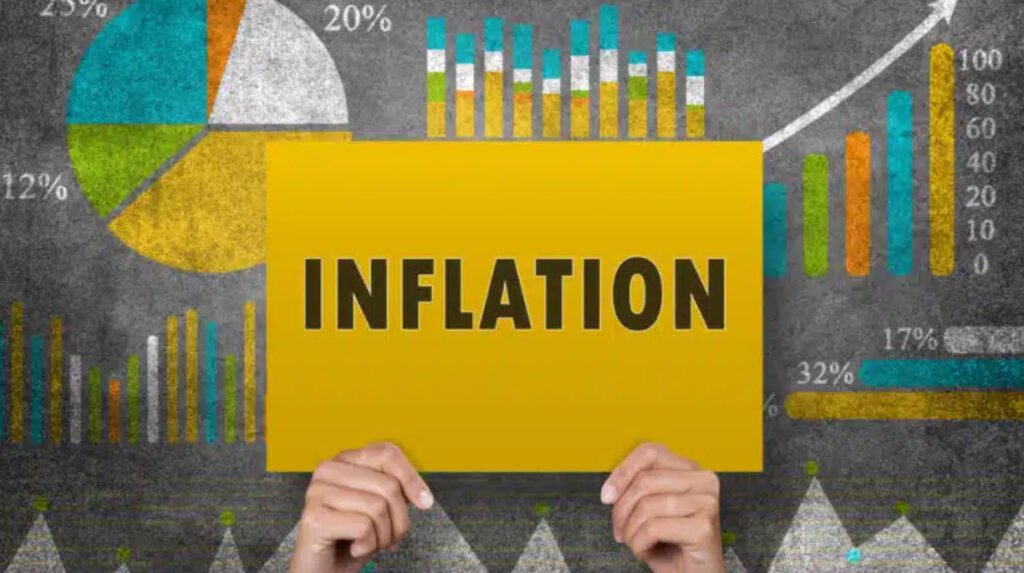
Inflation is an economic phenomenon characterized by a sustained increase in the general price level of goods and services in a country over a period of time. Depending on the rate and severity of the price increase, inflation can be categorized into three main types: low inflation, galloping inflation, and hyperinflation. Each type of inflation presents unique challenges and implications for an economy.
1. Low Inflation
Low inflation is characterized by a slow and predictable increase in the general price level of goods and services. The rate of increase typically remains in the single-digit range and occurs over a more extended period.
Characteristics:
- The rate of price increase is gradual and does not cause significant disruption in the economy.
- The range of increase usually remains within single digits, making it manageable for consumers and businesses.
- Low inflation is often referred to as “creeping inflation” due to its slow and steady nature.
Implications:
- Low inflation can be beneficial for economic stability as it allows for predictable pricing and planning for businesses and consumers.
- Central banks may target a low and steady inflation rate to maintain price stability and support economic growth.
2. Galloping Inflation
Galloping inflation, also known as very high inflation, refers to a rapid and substantial increase in the general price level of goods and services. The inflation rate in this category often reaches double-digit or even triple-digit figures within a year.
Characteristics:
- Prices rise at an accelerated pace, causing significant challenges for consumers and businesses.
- The inflation rate may exceed 20 percent or even 100 percent annually, leading to a loss of purchasing power for individuals.
- Galloping inflation is also referred to as hopping inflation, jumping inflation, or running inflation due to its rapid and volatile nature.
Implications:
- Galloping inflation can have detrimental effects on an economy, including reduced purchasing power, decreased savings value, and economic instability.
- Policymakers and central banks must take aggressive measures to curb galloping inflation and restore economic balance.
3. Hyperinflation
Hyperinflation represents an extreme form of inflation characterized by an exceptionally large and accelerating increase in the general price level. In this type of inflation, annual inflation rates can reach millions or even trillions of percent.
Characteristics:
- Prices skyrocket at an alarming rate, making daily transactions challenging and rendering the local currency virtually worthless.
- Hyperinflation can result from a combination of factors, including excessive money supply, loss of confidence in the currency, and economic instability.
- It often leads to a breakdown in economic and social systems, causing severe hardship for the population.
Implications:
- Hyperinflation has catastrophic consequences for an economy, including the collapse of financial systems, widespread poverty, and social unrest.
- Stabilizing the economy and restoring confidence in the currency become paramount tasks for the government and central bank during hyperinflation.
In conclusion, understanding the different types of inflation is crucial for policymakers, economists, and the general public. Each type presents unique challenges and requires tailored strategies to manage and mitigate its impact on the economy. Striking a balance to maintain a reasonable and stable inflation rate is essential for fostering sustainable economic growth and ensuring the well-being of individuals and businesses within a nation.
You may also like:- Top 9 Best Marketing Apps Right Now
- Local Digital Marketing Tips – Boost Your Business in the Community
- How to Create a Marketing Plan – A Step by Step Guide
- 12 Marketing Channels to Boost Your Business
- 9 Questions to Ask Yourself While Creating eBook
- Ten Essential Characteristics of Exceptional Leaders
- 8 Best Marketing Tips to Increase Your Sales as a Business Owner
- How To Create a Viral Marketing Campaign
- MicroStrategy is Raising $500 Million To Buy More Bitcoin
- Breaking News: Instagram and Facebook Experience Global Outage








